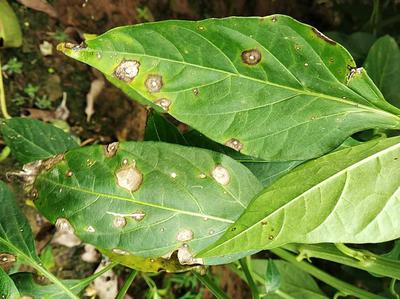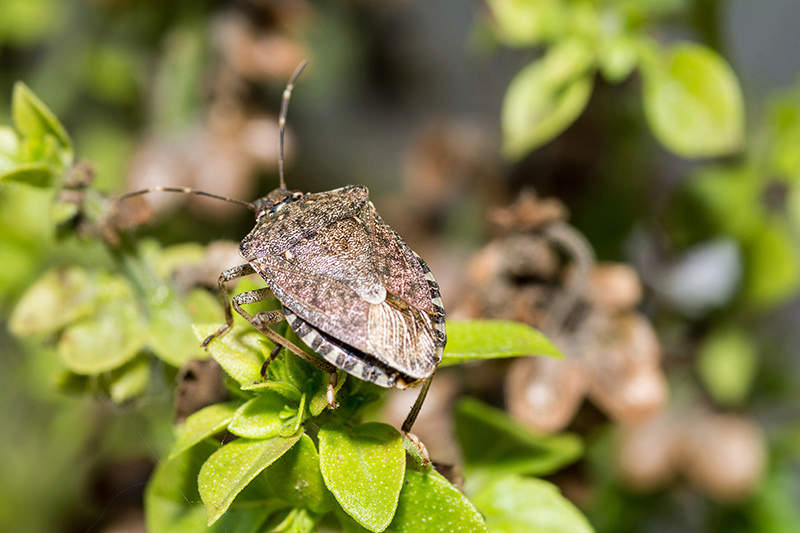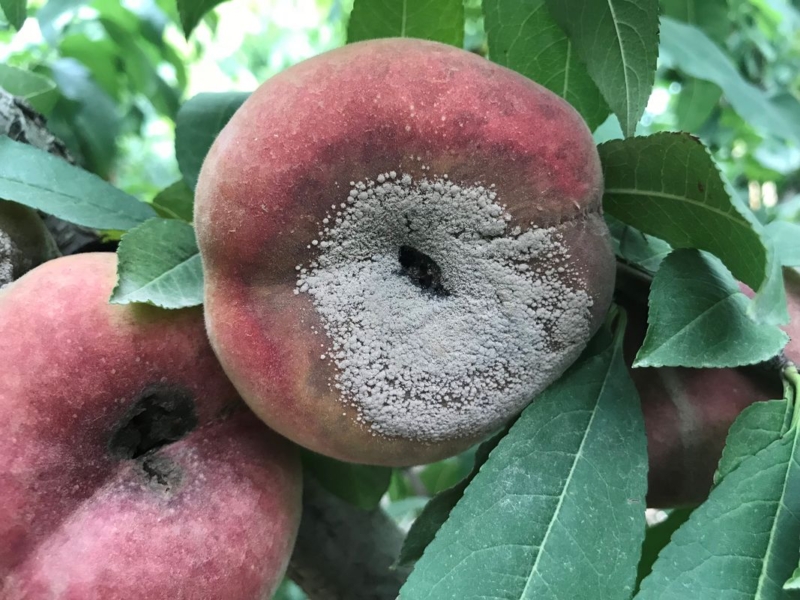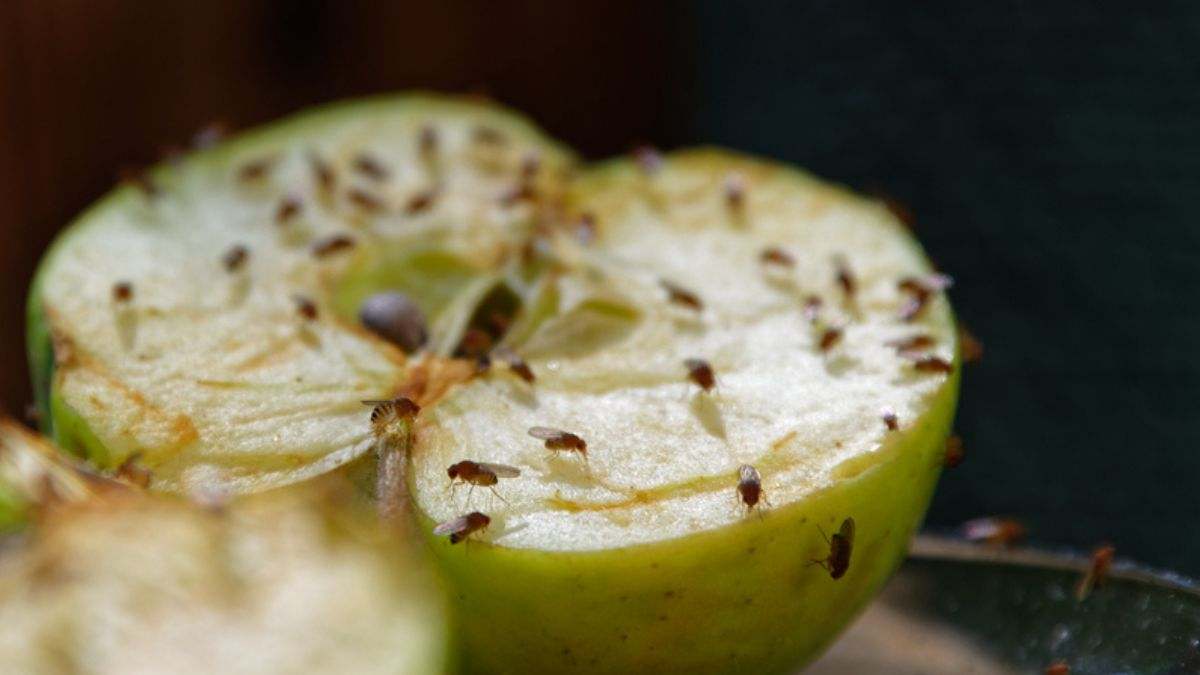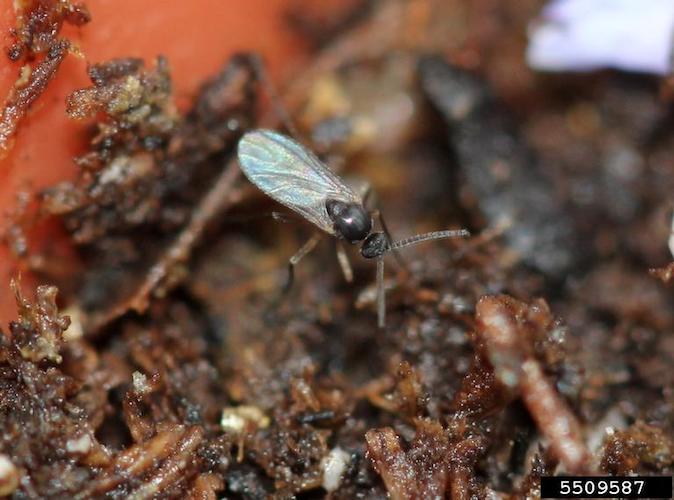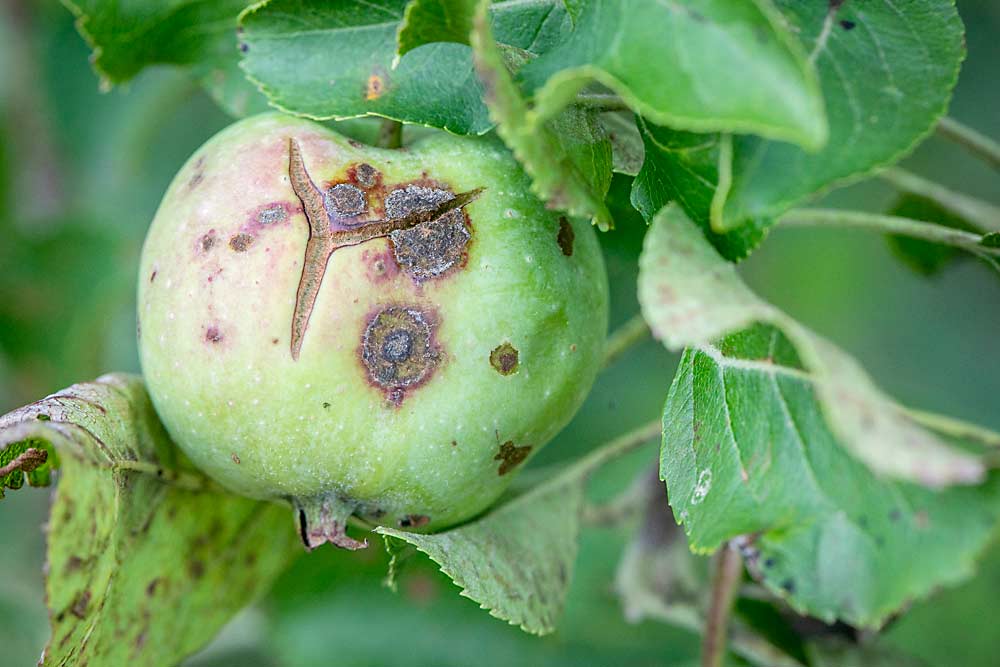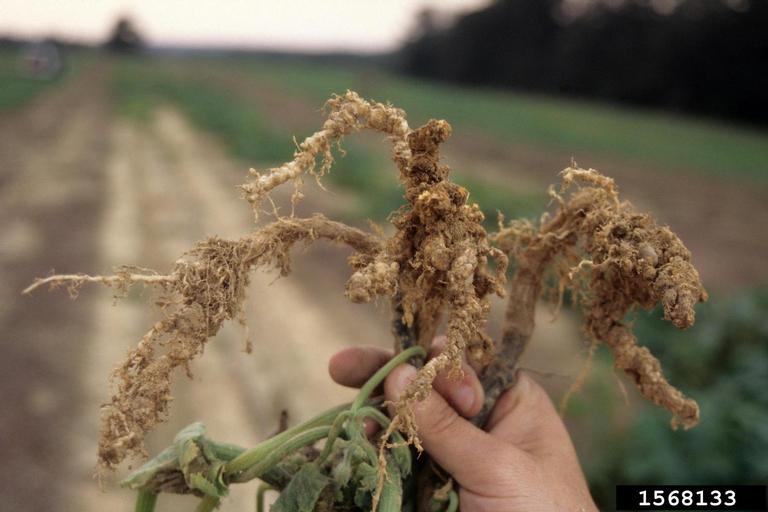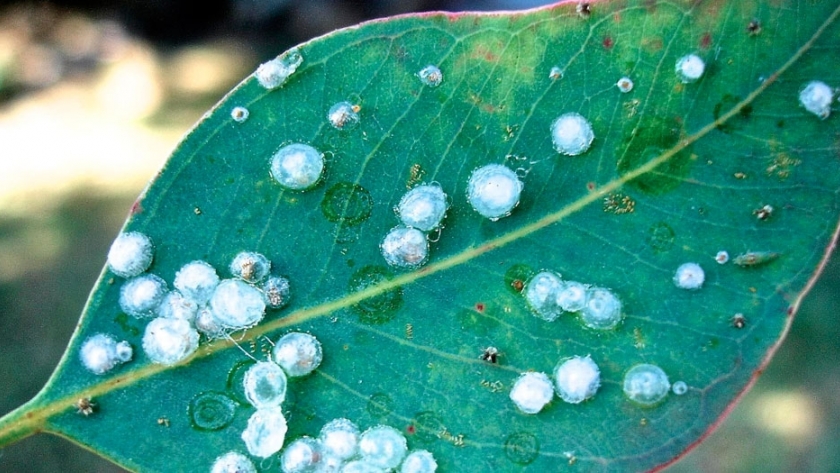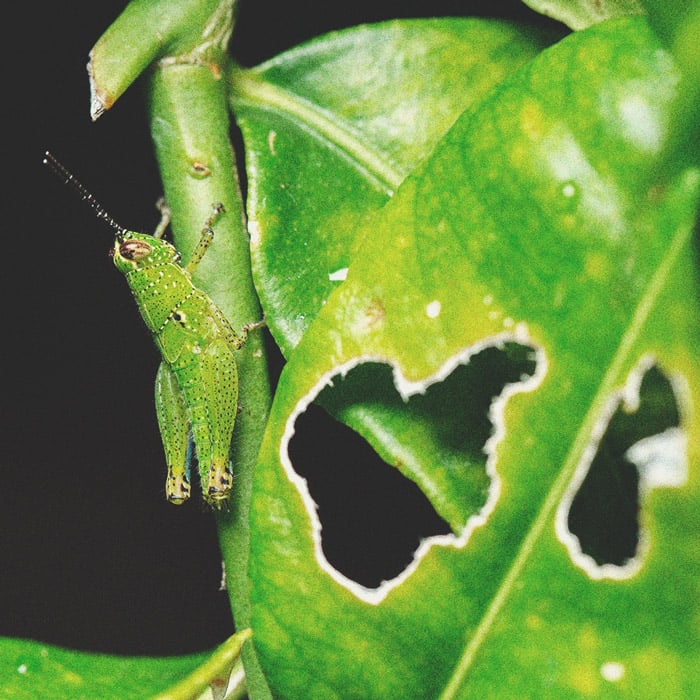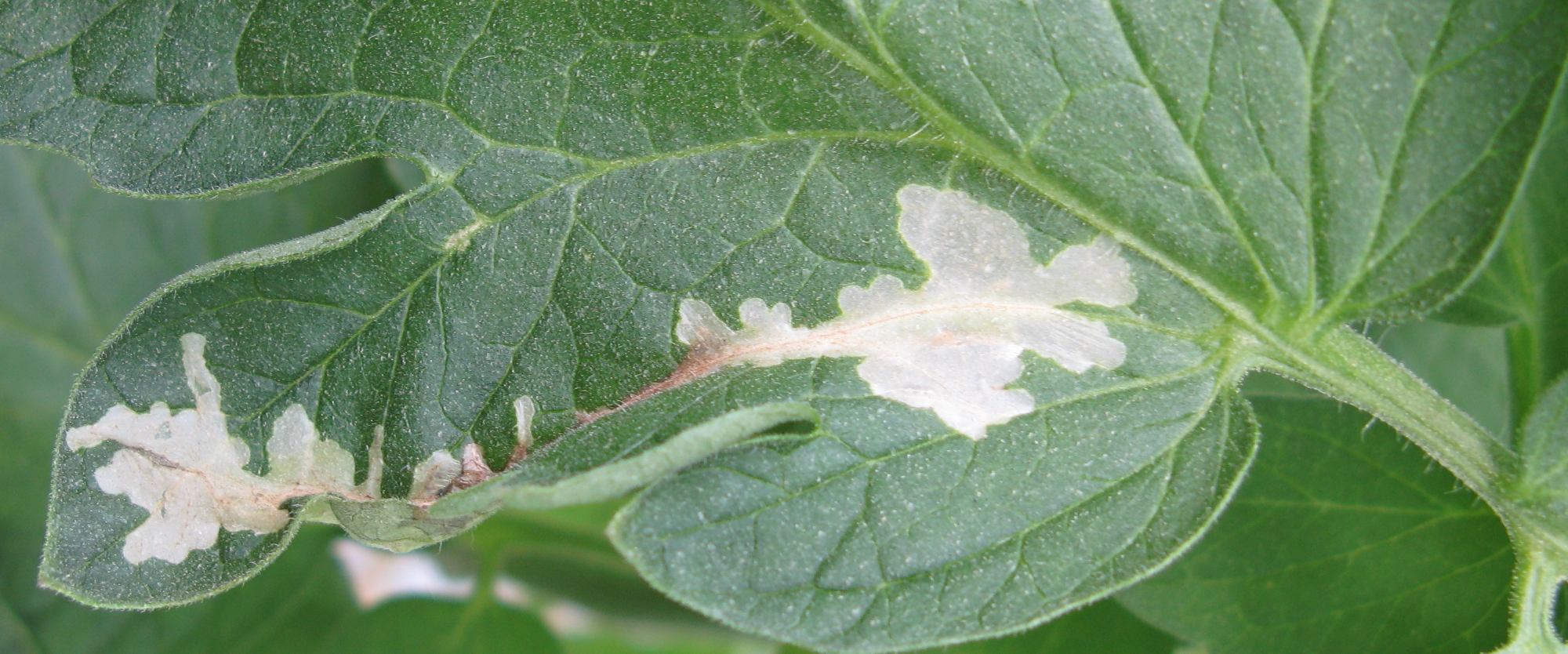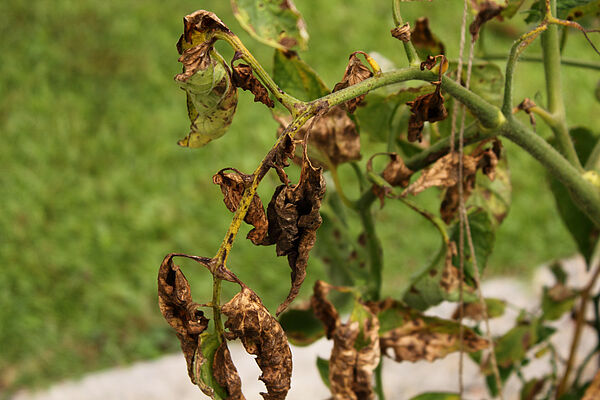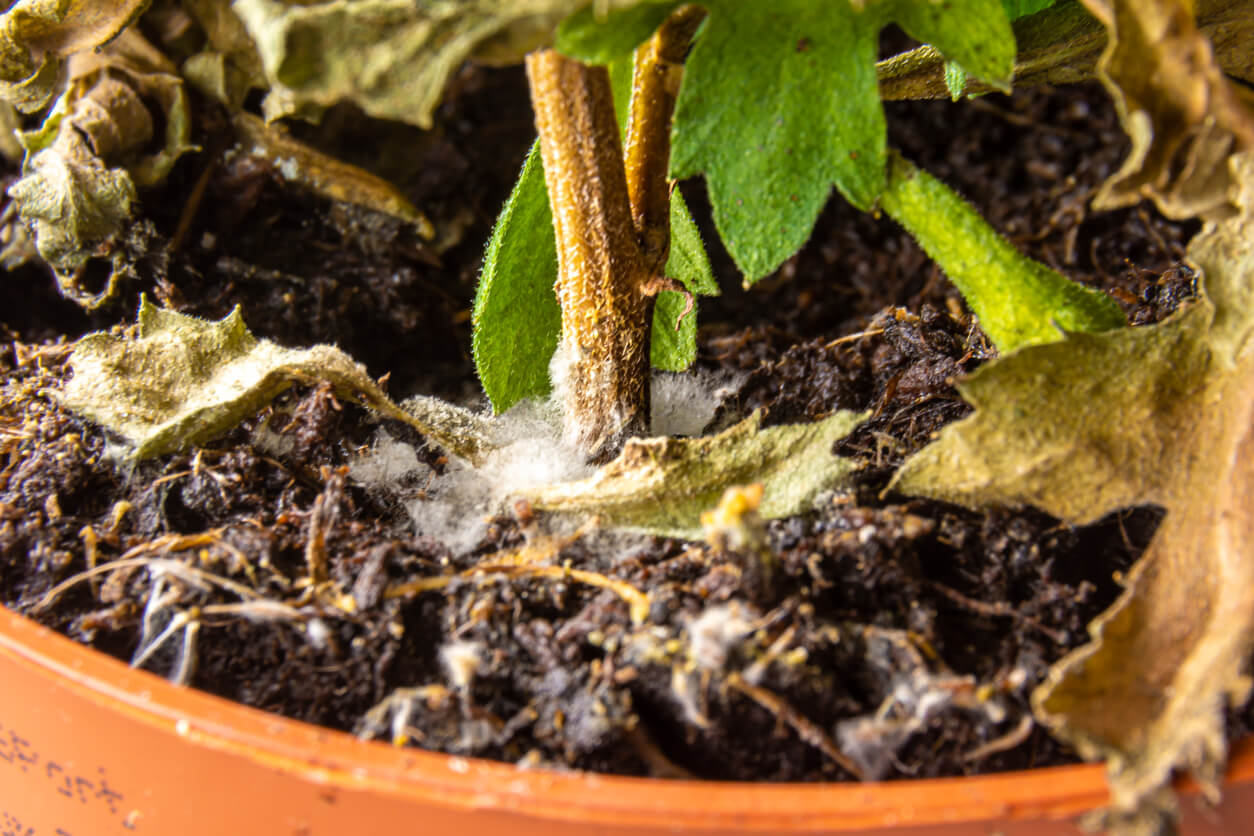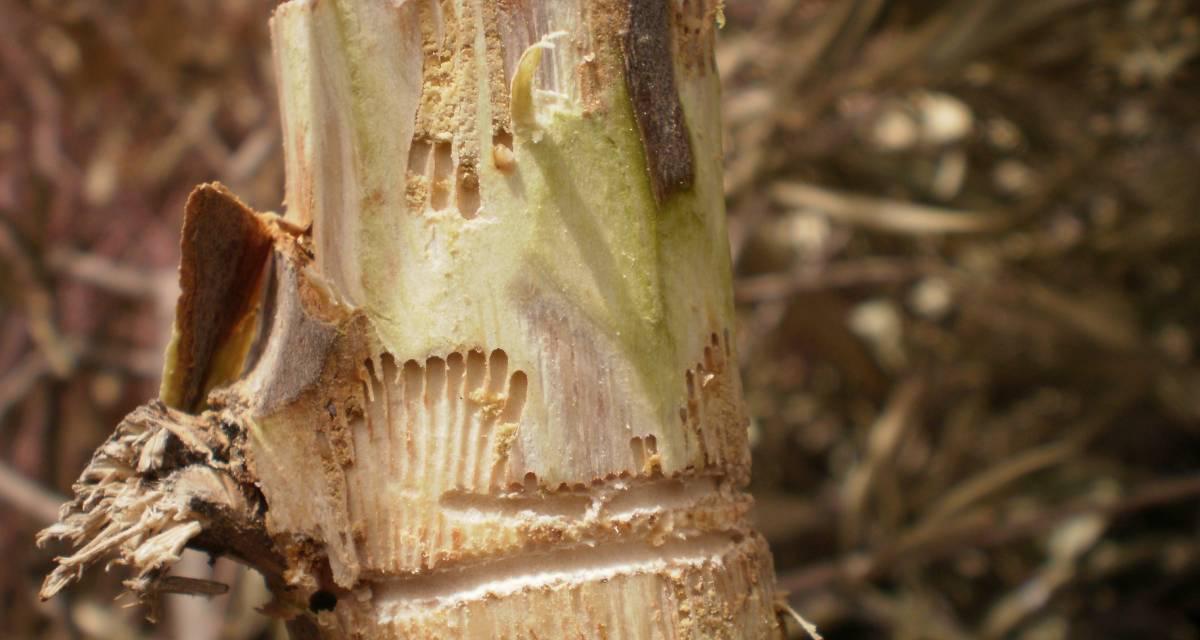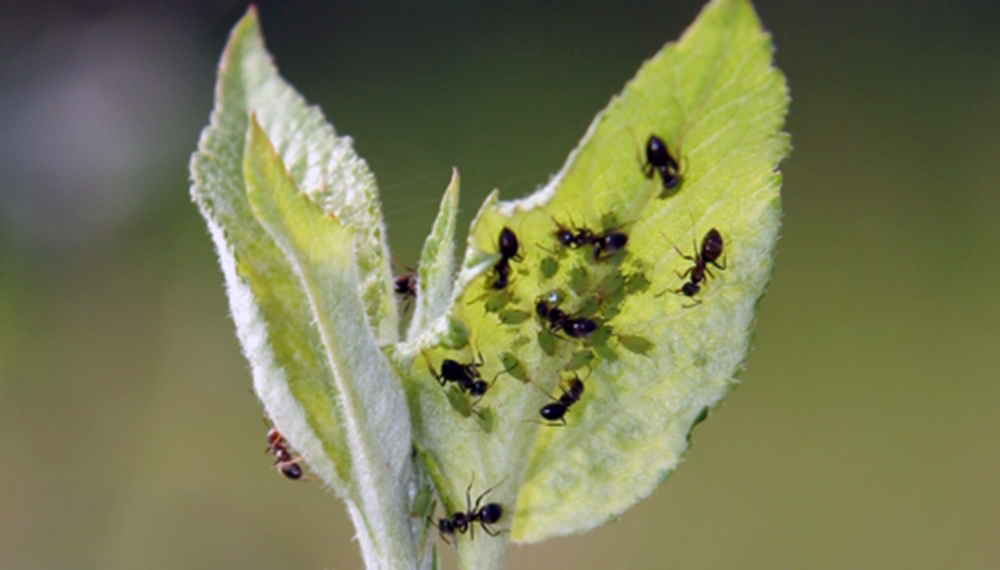
Thrips
WHAT IT IS AND HOW TO ELIMINATE
Cucurbitáceas piel NO comestible
Thrips
Thrips
Pathogen:
Insect
Type:
Risk to the plant:
HIGH
Trips

WHO CAUSES IT?
Thrips (Thysanoptera) are small, elongated insects that affect a variety of crops, including cucurbits. Thrips feed by scraping the surface of leaves, flowers and fruits to extract cellular juices, which can cause significant damage. Females lay eggs in plant tissue, and larvae emerge to feed. Thrips can complete their life cycle quickly, especially in hot, dry conditions, and can multiply rapidly in warm environments.
SYMPTOMS
Damage caused by thrips on cucurbits includes discoloration and silvering on the leaves, which can affect the photosynthetic ability of the plant. Additionally, thrips can damage flowers and fruits, causing deformation and scarring, which can negatively affect the quality of the harvest.
• Discoloration and silvering on leaves.
• Damage to flowers, which can cause deformation and loss of quality.
• Scars on the fruits, which can reduce their commercial value.
• General weakening of the plant and reduction in production.

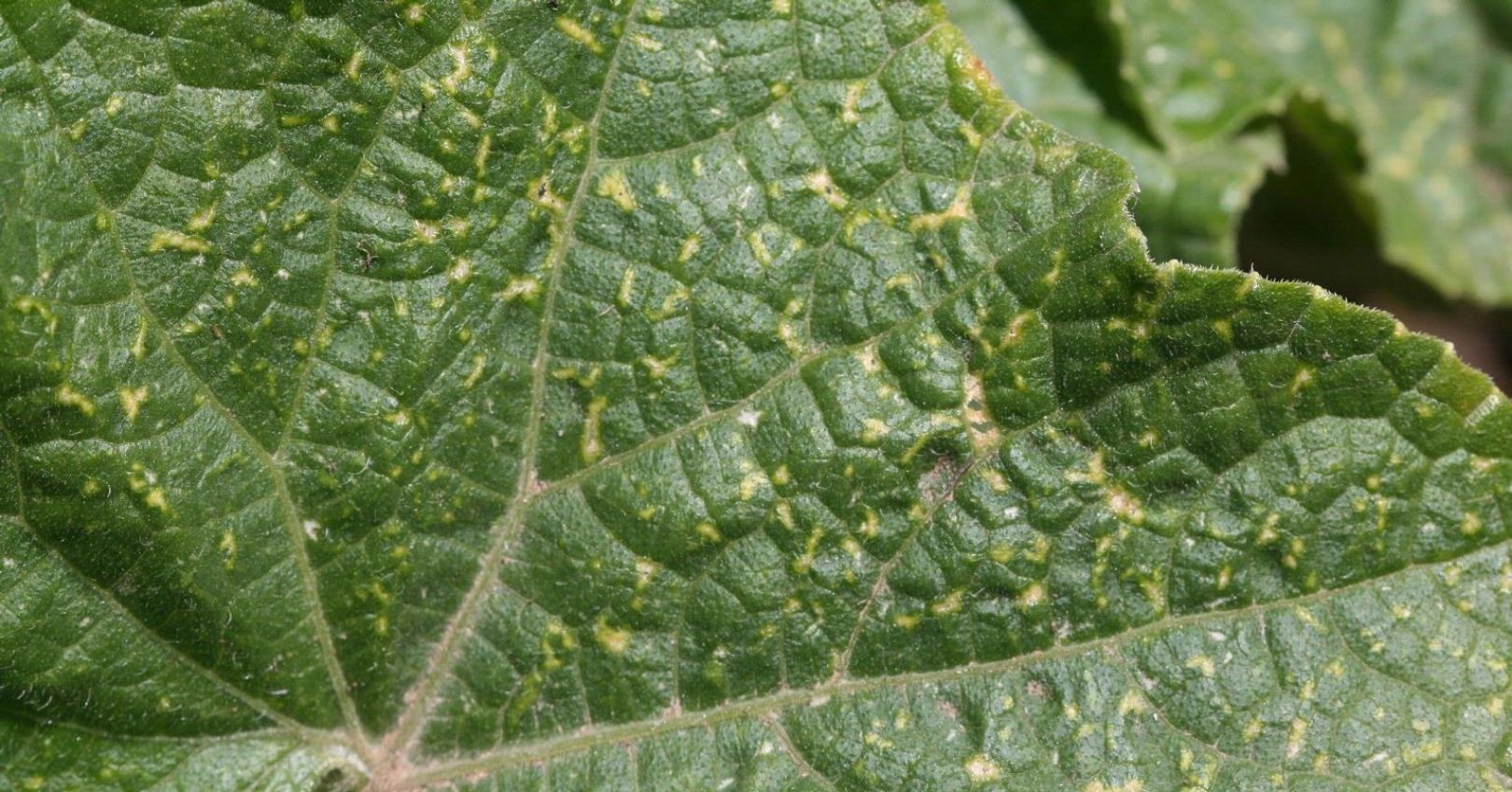
DEVELOPMENT CONDITIONS
Temperature:
20°C - 35°C
Humidity:
50% - 80%
HOW IS IT SPREAD?
Flight of adults, contact with infected plants, eggs laid on leaves.
HOW TO ELIMINATE IT?
Home treatments
There are no home treatments
Natural allies
Chemical treatments
There are no treatments for this disease. Treatments are directed at the insect vectors that transmit it. See insect treatments.
RECOMMENDED PRODUCTS TO ELIMINATE THE PEST
Sponsored link
Sponsored link
Sponsored link
Sponsored link
Sponsored link
Sponsored link
Effective against all types of fungi
REPELLENT PLANTS
Chives, Garlic, Calendula
RECOMMENDATIONS
- Check your plants frequently, especially on the underside of the leaves
- Keep plants healthy and well nourished, as they are more resistant to pests
- Use blue or yellow sticky traps to detect and catch thrips
- Remove weeds and plant debris where they can hide
- Water regularly but without flooding, since thrips prefer dry environments
- If there are many thrips, you can use a mixture of potassium soap and neem oil or an infusion of garlic with neutral soap as a natural treatment
- For severe cases, consider a phytosanitary product recommended by a technician






















